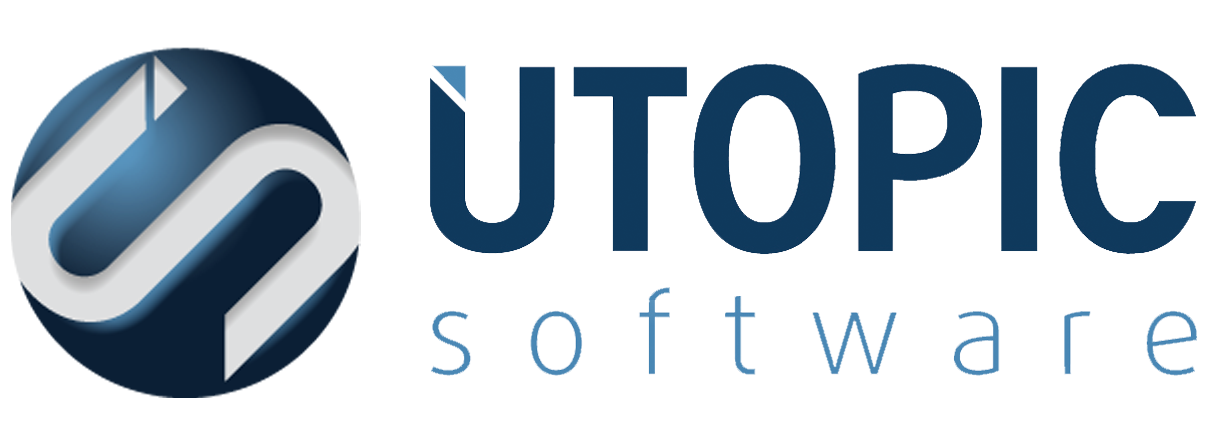Case Study – Application Deployment
Case Study – Application Deployment
A ROI and TCO Case Study
Considering the complexity of change and the inter-connectedness of the contemporary infrastructure, the same kind of automated processes that control image creation can also distribute the applications across legacy systems, virtual machines and other platforms. This unique zero-touch methodology eliminates error-prone, manual installations, but more importantly, deploys and, distributes applications efficiently, seamlessly and, of course…correctly. This repeatable process creates a user ready device faster and promotes optimization for existing applications during updates or version alignment.
Zero-touch allows IT to pre-configure the software and install, update or remove applications during the client-build process or throughout post-imaging. This capability supports the installation of multiple configurations which can be distributed against various groups and based on unique corporate rules. Simply, automations ensure the right application goes to the right user anywhere across the enterprise.
It’s not enough to declare automations are an improvement over manual processes. The key is what to identify what processes directly benefit from automation in order to make a cost, resource and effectiveness difference. Well, there is the install process itself. Silent installs of MSI, EXE, Batch or PowerShell script files and other application packages certainly qualify. However, if it is truly going to be a streamlined process, it can’t address your legacy applications alone. It must as easily distribute and execute components from SaaS and other de-centralized sources as if they were centralized. More so, it must treat the deployment from a hardware and platform independent manner (standard corporate assets, thin images, VDI or other devices)–and follow pre-ordained corporate policies.
The automations must also extend themselves to manage version control through periodic updates and patches. In terms of end point management, automations provide the means to detect if an application or executable is outdated or non-compliant. Automated triggers recognize the disparity and prompts an automated update the next time the user reboots. As we understand with the self-healing, this occurs in near real time. With the reboot, the application is version-corrected and the image is updated.
One last aspect that automation plays a significant role is when these deployments and updates occur. Sometimes it’s just not convenient or advantageous to enact transformative change–potential productivity impact, load balance issues, staff bandwidth demands, etc. The ability to choose the ideal time (on-demand or scheduled initiation) for application deployment or version optimization provides the desired flexibility to avoid or minimizes outages, slowdown, or costly downtime.
The savings and benefits realized in this use case is irrespective of solution; whether utilizing Utopic’s Persystent or SCCM the savings remain generally consistent. And Persystent works with SCCM in an integrated eco-system.
In a post-image configuration, SCCM is limited in the application maintenance process–this is where Persystent helps. This includes the creation of an automated snapshot of the individual PC image that serves as the new/updated baseline for repair or future updates. For example, should the new installation fail, the PC can automatically revert to the previous state where the new install had not yet been applied. Additionally, when it’s time to revise or update the configurations of an existing application, the latest baseline is established. The only things needing deployment are the actual changes to the applications.
Our TCO example applies documented Persystent user results as well as accepted deployment statistics–the average number of new or updated applications per year, approximate time to install, test and release a variety of apps and executables and a technician’s time. The TCO is weighted against a manual process but include other semi-automated processes like custom scripts. If IT is deploying, modifying or updating 20 applications per year and each instance takes about 12 minutes; In a 12,000 PC enterprise fleet, it costs more than 1.7million dollars per year–or a bit more than $12 per device per deployment. Zero touch deployment, only requires the testing against the golden image before it is successfully deployed. Also by its nature and the pre-configured aspects remove about 80% of the cost and time. Now the cost that was in the millions shrinks to about 345 thousand. As important the applications are properly distributed and correct the first time around.
Ready to get started?
If you have any questions, suggestions or requests, please contact us.
